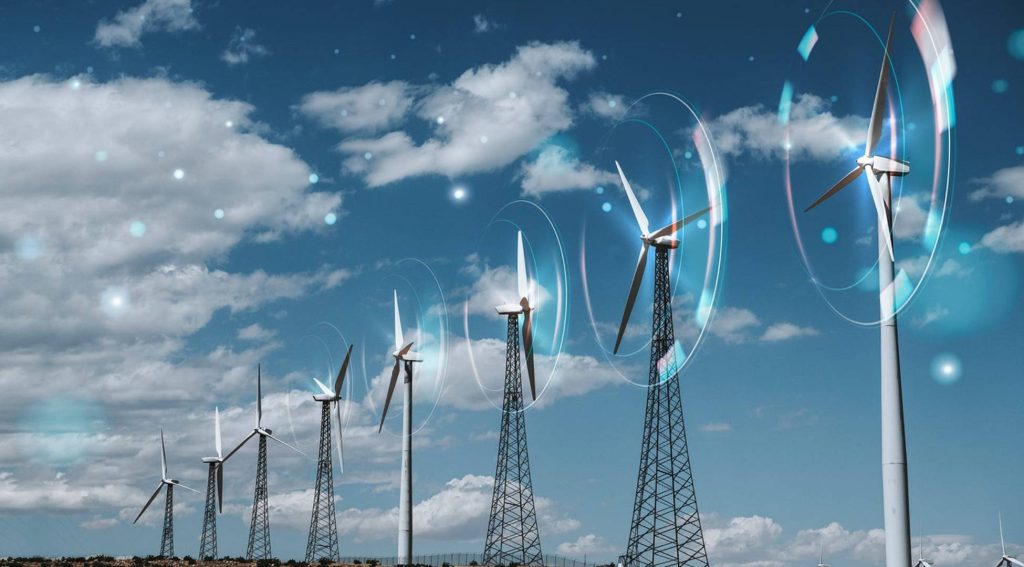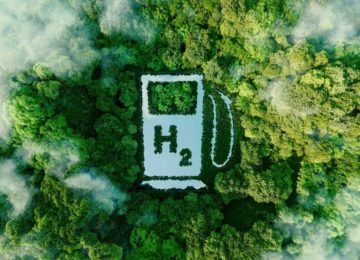Globally, the wind power industry installed a record 117 GW of new capacity in 2024, and by 2030, the Global Wind Energy Council, or GWEC, predicts that there will be close to 1 TW more installations.
GWEC warned of rising policy instability in certain markets and emphasized the need for enhancements in permitting, grid transmission, and auctioning mechanisms. The global goal is to triple renewable energy capacity by 2030, in line with energy and climate targets, and reduce reliance on volatile fossil fuels.
Although GWEC reported 2025 as a record year for wind installations, it also noted that the deployment rate varied significantly across international markets, with most installations in developed countries like China and Europe.
Key findings:
The 2025 Global Wind Report shows 55 countries installed wind turbines in 2021, bringing the global cumulative wind energy capacity to 1,136 GW, including 109 GW of new onshore and 8 GW of offshore wind.
China, the USA, Germany, India, and Brazil topped new installations in 2024, with Brazil surpassing Spain. As of the end of 2024, these same five markets now make up the top five.
While North America, LATAM, and Europe saw a decrease in new solar installations compared to 2023, the Asia-Pacific and Africa & Middle East regions saw record growth in new installations.
Record growth was seen in other regions. Africa and the Middle East saw a 107% year-over-year growth rate, while the Asia-Pacific region saw a 7% growth rate due to the installation of 794 MW by Egypt and 390 MW by Saudi Arabia. North America, Latin America, and Europe saw fewer new installations than in 2023.
By 2030, the wind industry is expected to grow at a compound average growth rate of 8.8%, adding 981 GW of wind energy capacity worldwide, according to the report. With 138 GW of new capacity in 2025, 140 GW in 2026, 160 GW in 2027, 167 GW in 2028, and a jump in 2029 and 2030 to 183 GW and 194 GW, respectively, GWEC’s Market Intelligence service continues to see record years until 2030.
Last year saw total onshore wind volume awarded in auctions and other procurement mechanisms double (excluding China). In Europe, the total onshore wind volume awarded amounted to 17 GW, 24% greater than in 2023. This was mainly due to the onshore wind capacity awarded in Germany reaching 11 GW, which is 72% (or 4.6 GW) higher than the previous year.
Global installations could increase with improved policy frameworks, including permitting and auctioning tools like double-sided CfDs, which lower investor risk.
The record-breaking auction year of 2024 is proof that offshore wind is essential to that forecast. 56.3 GW of offshore wind capacity were awarded worldwide last year. Europe took the lead with 23.2 GW granted, while China received 17.4 GW. With 3.3 GW awarded by South Korea, 2.7 GW by Taiwan (China), and 1.4 GW by Japan, the subsequent market wave also saw historic years.
Thought leadership:
Girish Tanti, Deputy CEO, Suzlon Group, and Vice Chair, GWEC, said, “2030 is closing in, and our target for 3x Renewables needs our attention. I am delighted to see that GWEC’s Global Wind Report 2025 outlines the critical roadmap needed for the global wind industry to collaborate and ensure wind plays a pivotal role in the global energy transition.”
“Wind is among the cheapest sources of energy in the world and one of the two sources of renewable energy that make up 95% of all global renewable capacity growth in this decade. It can offer high-quality power to consumers with a heavy baseload and ensure grid stability,” he said.
“Wind energy continues to drive investment and jobs, improve energy security, and lower consumer costs. We are seeing a more volatile policy environment in some parts of the world, including ideologically driven attacks on wind and renewables and the halting of under-construction projects, threatening investment certainty,” Ben Backwell, CEO, GWEC.
“While wind energy continues to drive investment and jobs, improve energy security, and lower consumer costs, we are seeing a more volatile policy environment in some parts of the world, including ideologically driven attacks on wind and renewables and the halting of under-construction projects, threatening investment certainty,” he said.
End note:
According to GWEC’s 2025–2030 forecast, offshore wind will increase from 16 GW in 2025 to 34 GW, and by the end of the decade, offshore will account for 17.5% of new capacity, up from 11.8% in 2025.
The Global Wind Report highlights four key challenges in the wind energy market: financial and macroeconomic headwinds, trade barriers, market fragmentation, inadequate procurement, and challenging investment conditions. The industry is expanding into new regions, establishing new wind power strongholds, and capitalizing on the growing demand for clean electricity in a volatile world, Mr. Tanti said.
As per Mr. Blackwell, the aggressive stoking of tariff wars threatens to disrupt international supply chains and add uncertainty to investment decisions. Mr. Backwell emphasizes the importance of stable market frameworks, free and fair trade within multilateral frameworks, and collaboration with investors and industry to enable clean wind power deployment for economic growth.













